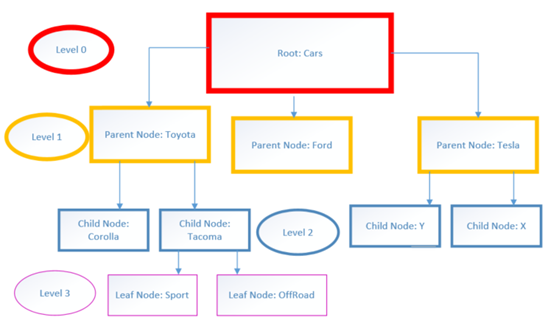Newbie to Newbie Blog Part Two
Welcome back to my blog.
In this post, I will explain in “newbie” terms how to apply algorithmic
design and data structures techniques in developing structured programs. Also, I will try to explain why some
algorithms and data structure designs are better than others. In addition, you will see an example of why
one design is used before another design is used.
An algorithm is a well-defined set of rules to solve
problems. These computational problems
can be anywhere from re-arranging numbers in a specific order, from smallest to
biggest, or solving mathematical problems. Data structure offers services such as data
organization, retrieval, and storage. Algorithms help with data processing and doing
calculations to solve problems. Many structures,
such as Arrays, Stacks, Linked Lists, and Tree, serve different purposes. These data structures construct, arrange, and
configure data differently, such as in linear order for a linked list or in an abstract
hierarchical way like the Tree. Ultimately
there is a purpose for each type of data structure.
I would not go as far as to say that some algorithms and data
structure designs are better than others.
However, as mentioned before, each algorithm and data structure design
can work better in specific scenarios.
For example, while an Insertion sort algorithm would work on a large
data set like Google Search, my suggestion would be to implement something like
the Quick Sort algorithm. The quick sort
algorithm is known to be efficient for large data sets. But this is not necessarily the case for
smaller simple data sets. Although computers
are getting faster and more efficient, I
must recognize that some algorithms are unsuitable for some data types. Choosing the proper data structure and
algorithm can distinguish between a slow and sluggish data search and a quick
and efficient one.





Comments
Post a Comment